Scientists have identified a novel variant of mPox discovered amid an outbreak in the Democratic Republic of Congo, suggesting a high transmission rate among individuals. Since January, the country has reported over 4,500 suspected cases, resulting in approximately 300 deaths. Recently, the nation has officially recognised the outbreak as a health emergency read more
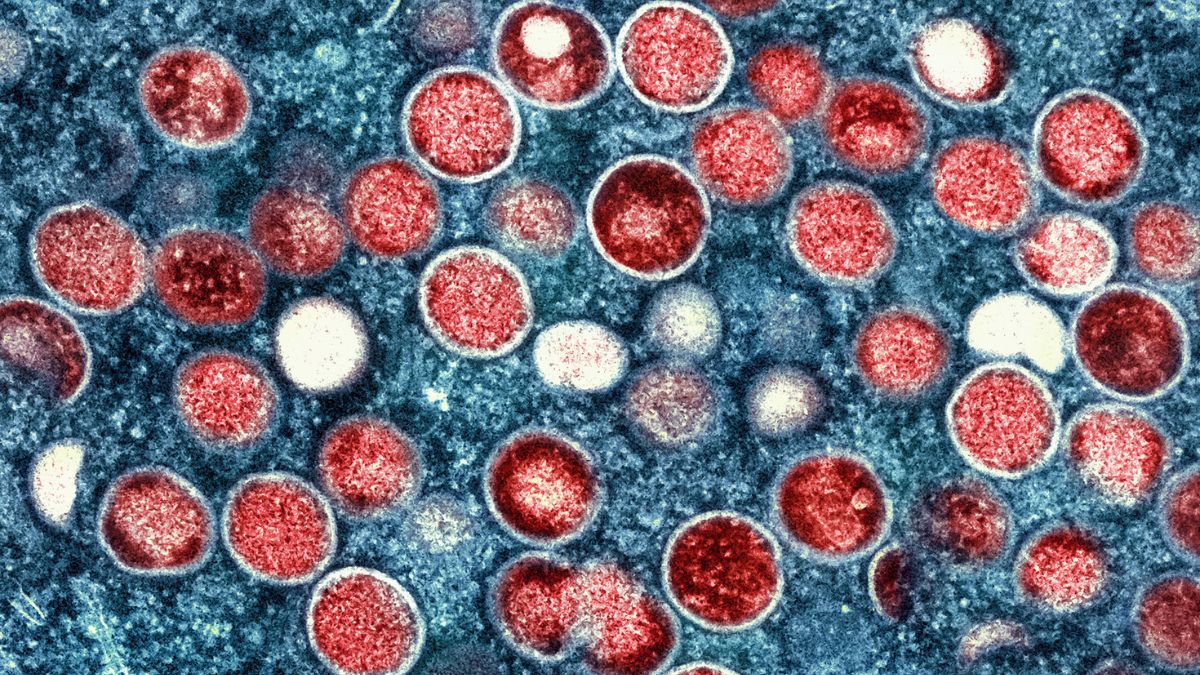)
This image shows a colourised transmission electron micrograph of monkeypox particles (red) found within an infected cell (blue), cultured in the laboratory that was captured and color-enhanced. NIAID via AP
Congo is grappling with its most significant mPox (monkeypox_)_ outbreak yet, as scientists warn of a new strain of the disease detected in a mining town, potentially leading to more rapid transmission among humans.
According to the World Health Organisation (WHO), the numbers paint a grim picture: since January, over 4,500 suspected mPox cases have been reported in Congo, with nearly 300 fatalities. Alarmingly, these figures have nearly tripled compared to the same period last year, prompting Congo to declare a nationwide health emergency.
A fresh variant of the lethal monkeypox
An analysis conducted on patients hospitalised between October and January in Kamituga, situated in eastern Congo, revealed critical insights.
Dr. Placide Mbala-Kingebeni, the lead researcher of the study, asserted that recent genetic mutations in mPox are indicative of continued transmission among humans. This development is particularly concerning as Kamituga residents have minimal contact with the wild animals traditionally thought to harbour the disease.
Mbala-Kingebeni’s study, soon to be published, highlights shifts in the disease’s manifestation. Patients predominantly exhibit milder lesions, primarily on the genitals, making diagnosis more challenging. This contrasts with past outbreaks in Africa, where lesions were commonly observed on the chest, hands, and feet.
Moreover, this new variant appears to have a lower mortality rate, according to Mbala-Kingebeni.
How is the virus being transmitted?
The evolving nature of mPox necessitates a reevaluation of testing strategies. WHO’s recent report on the global mPox situation indicates that the new strain may require an adapted testing approach to detect mutations effectively.
However, the challenge persists: fewer than half of mPox cases in Congo undergo testing, raising concerns about undetected transmission.
Also Read: What are ‘FLiRT’ variants of COVID-19 that are on rise in US?
Mbala-Kingebeni underscored the risk posed by silent transmission, stressing the importance of proactive patient engagement. He noted that sexual transmission remains a primary mode of infection, with approximately one-third of mPox cases occurring in sex workers.
This understanding only emerged during the 2022 global mPox emergency, with most cases previously identified in gay or bisexual men. WHO confirmed sexual transmission in Congo for the first time in November.
What are the variants and their severity?
Two distinct clades of mPox exist, with differing levels of severity.
Clade 1, characterised by a higher fatality rate of up to 10%, contrasts sharply with Clade 2, which triggered the 2022 outbreak, resulting in a survival rate exceeding 99%. However, the emergence of a new form of Clade 1 in Kamituga presents a worrisome development.
Dr. Boghuma Titanji, an infectious diseases expert at Emory University, expressed concern over the implications of these mutations, suggesting that the virus may be adapting to enhance human-to-human transmission.
“This suggests the virus is adapting to spread efficiently in humans and could cause some pretty consequential outbreaks,” she told AP.
What have been the vaccination efforts?
Despite successful containment efforts in the West aided by vaccines and treatments, Congo faces significant challenges. Vaccines and treatments are scarce, exacerbating the crisis. However, there is a glimmer of hope: Congo’s Minister of Health has authorised the use of vaccines in high-risk provinces.
Cris Kacita Osako, coordinator of Congo’s Monkeypox Response Committee, indicated ongoing negotiations with donor countries, such as Japan, to procure vaccines.
“Once a sufficient quantity of vaccines is available … vaccination will be implemented as part of the response,” Kacita Osako said.
Dr. Dimie Ogoina, an mPox expert at Niger Delta University, drew parallels between the current situation and past epidemics. The notable spread among sex workers raises concerns akin to the early stages of HIV. Ogoina emphasised the importance of addressing societal prejudices and fostering a culture of openness to mitigate transmission risks effectively.
‘Not a single dollar invested’
Dr. Michael Ryan, WHO’s emergencies chief, highlighted a critical gap in funding despite the escalating crisis. Despite the widespread prevalence of mPox in Africa and beyond, there has been a stark lack of investment from donors, posing significant challenges to containment efforts.
Ryan, said last week that despite the ongoing spread of mpox in Africa and elsewhere, “there has not been a single donor dollar invested.”
With inputs from agencies

 4 months ago
20
4 months ago
20

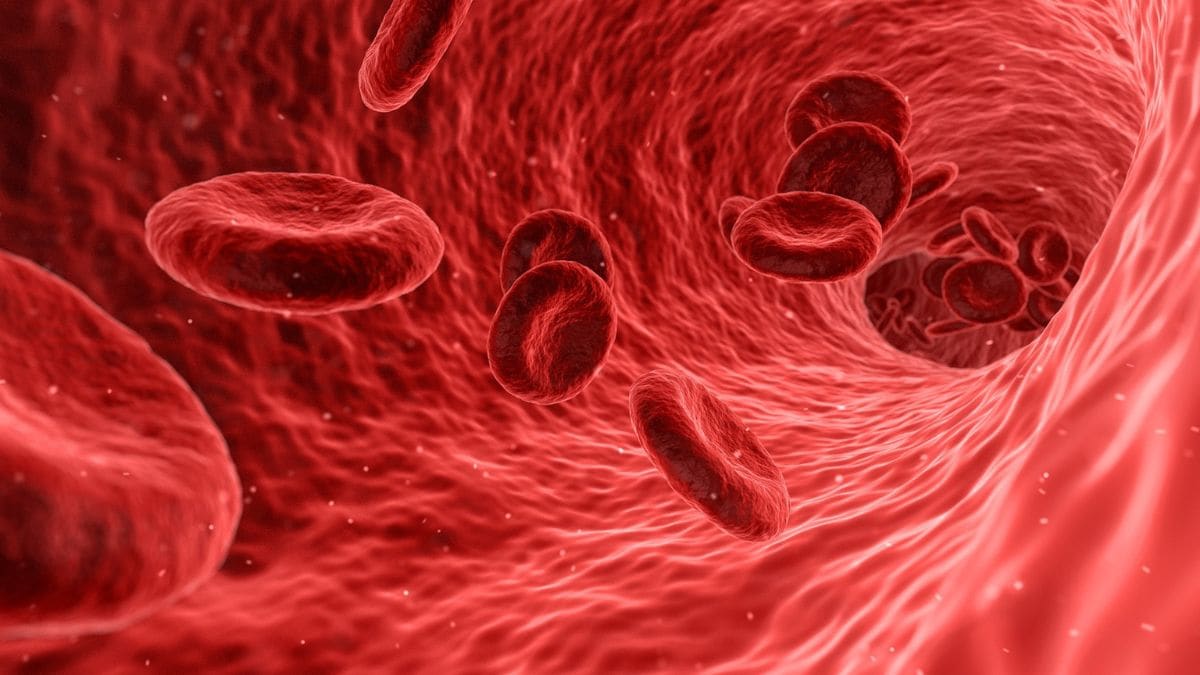
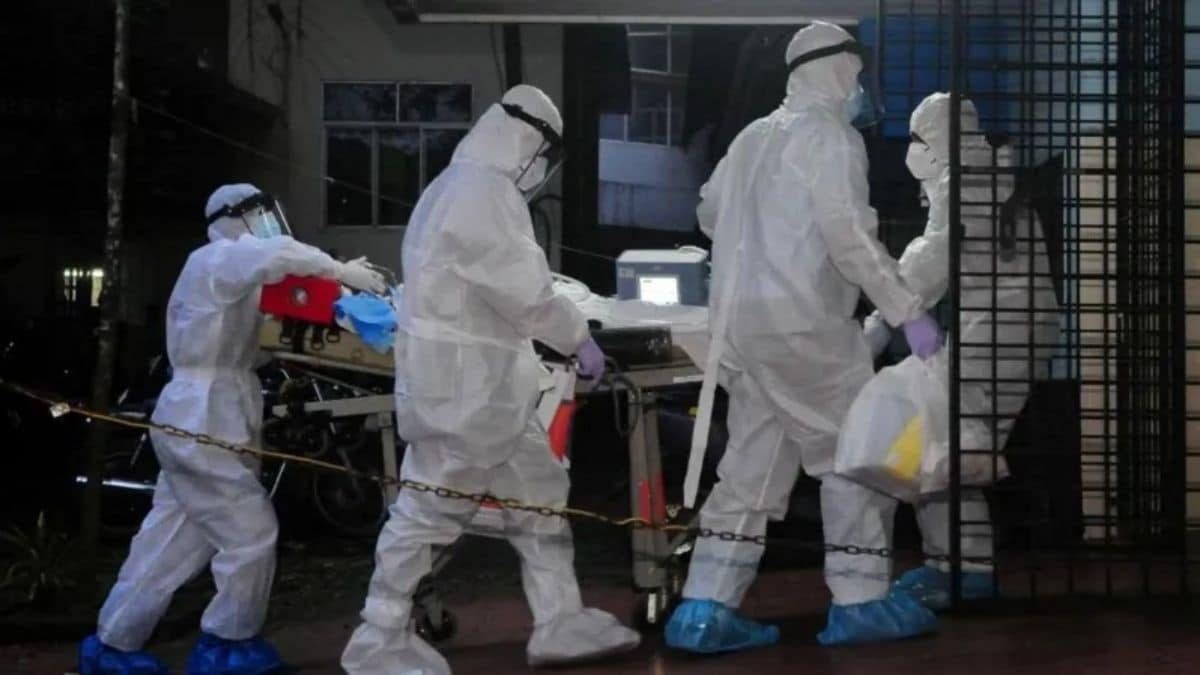

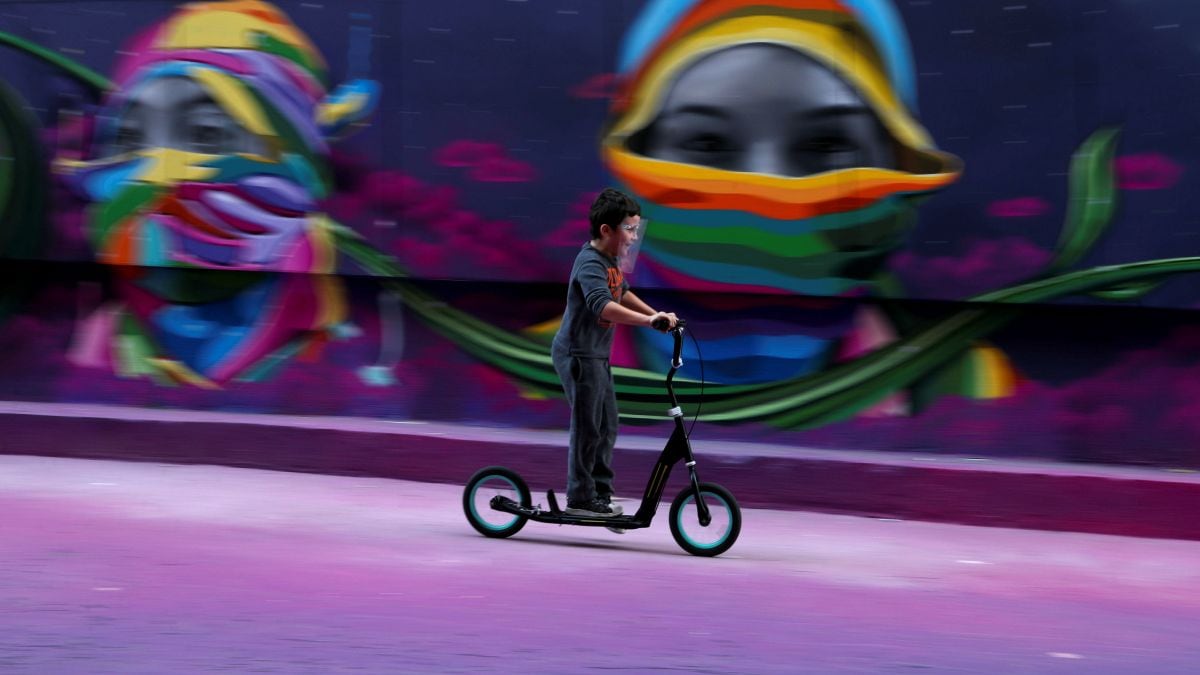




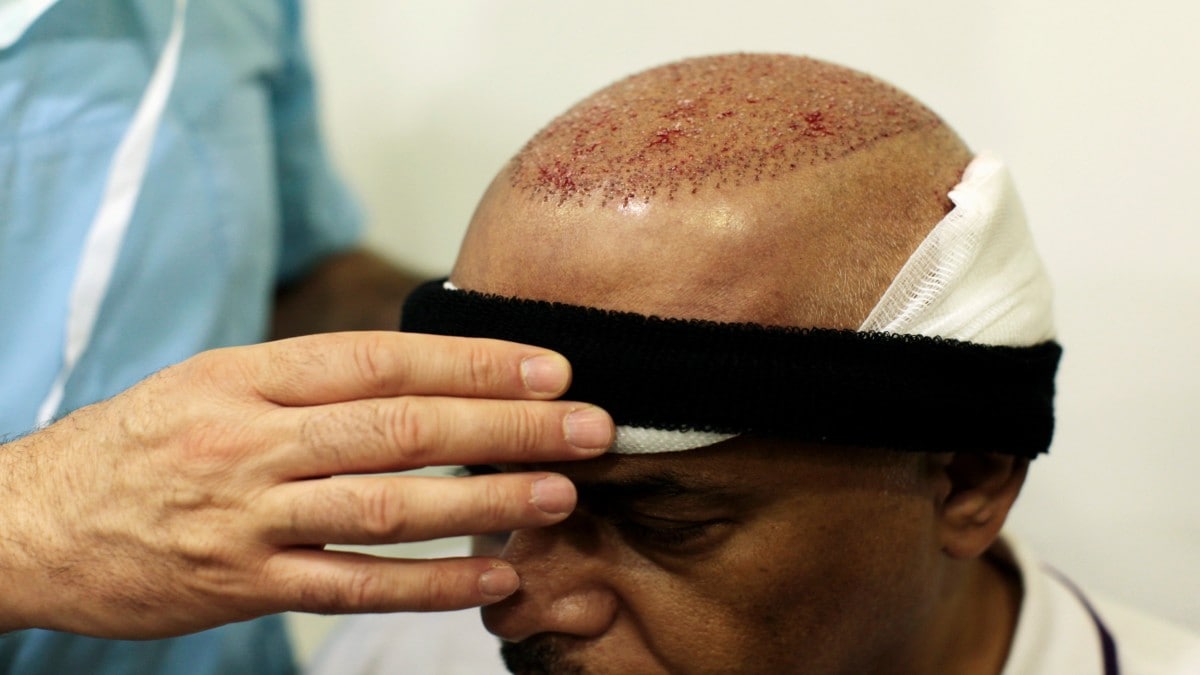




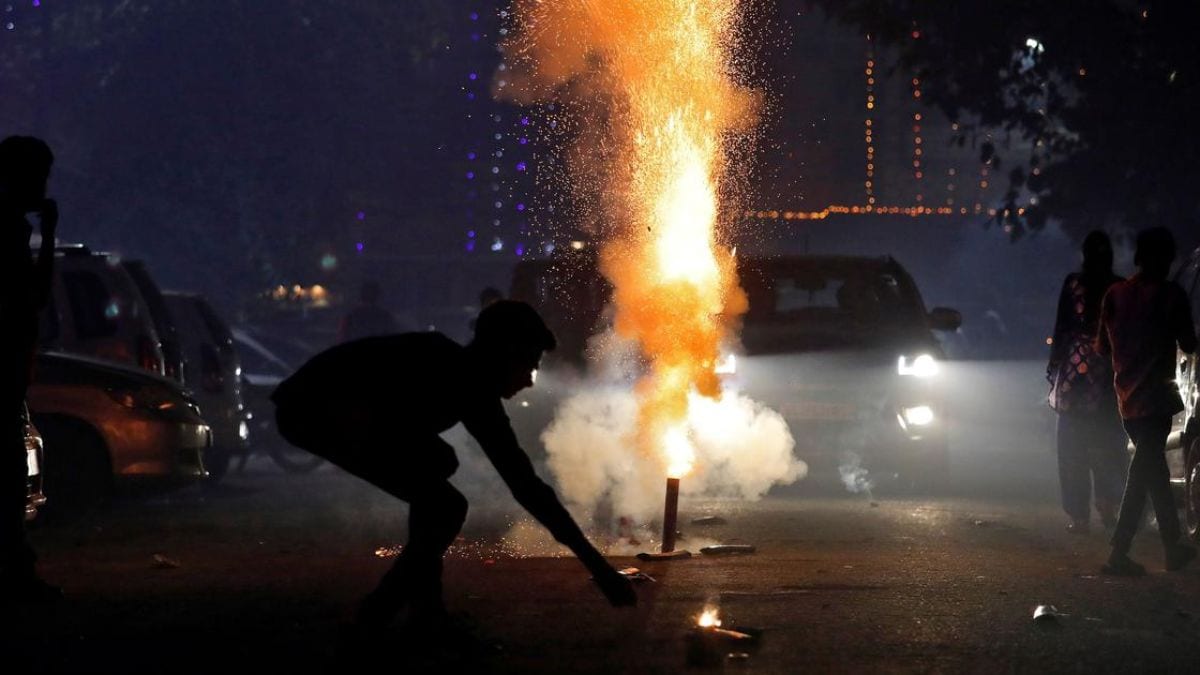
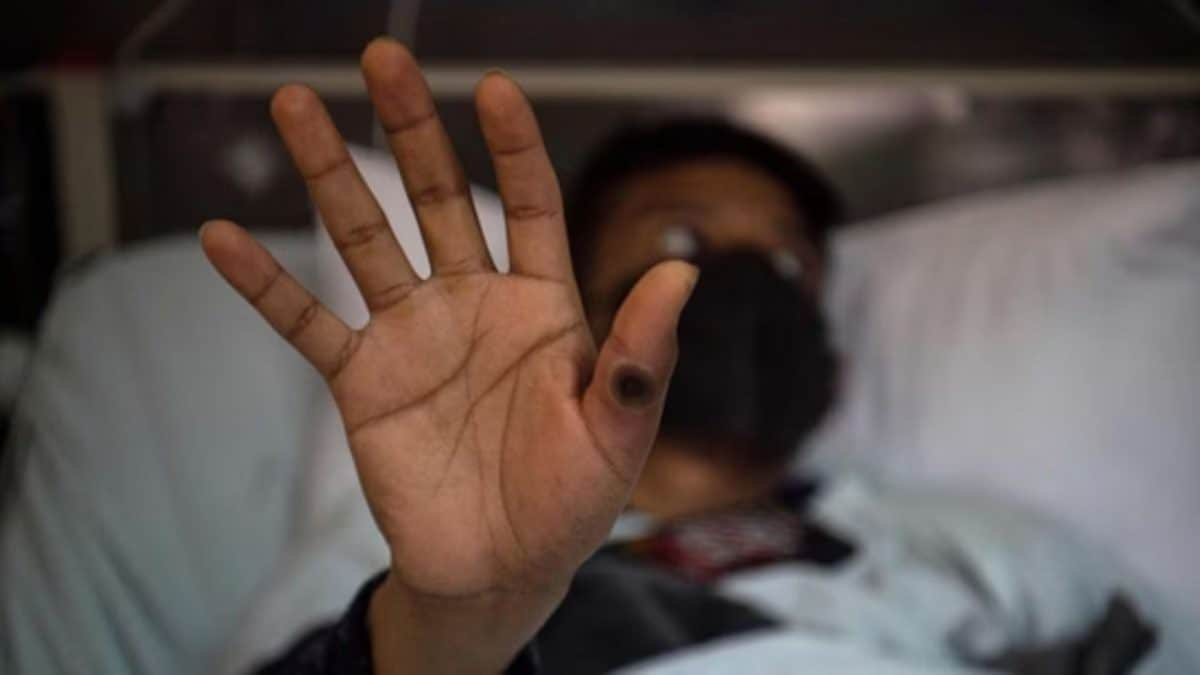


)
)
)
)
)
)
)
 English (US) ·
English (US) ·